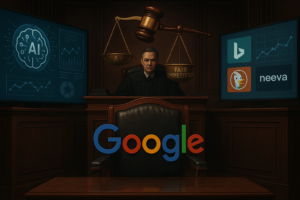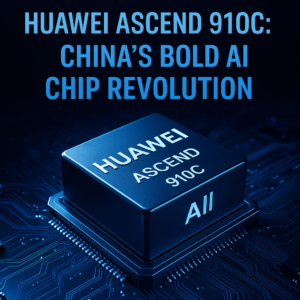Guardians of Creativity: Celebrities Rally for AI Regulation to Protect Intellectual Property
As artificial intelligence technologies evolve, thousands of creators in the music and film industry are taking a stand. They are calling on governments to implement regulations that protect their unlicensed works from being exploited by AI systems. In a world where technology often outpaces policy, the future of creativity hangs in the balance.
The Challenge of Unauthorized Use
In an age where artificial intelligence (AI) has seeped into every facet of our lives, from personal assistants to content creation, the creative industries are grappling with a pressing issue: the unauthorized use of artists’ works by AI systems. Recently, a coalition of musicians, filmmakers, and other creators has emerged, demanding that governments establish robust regulations to safeguard their intellectual property against the unlicensed exploitation of AI technologies.
The rise of generative AI has enabled machines to:
- Create music
- Replicate artistic styles
- Produce scripts
These advancements, while remarkable, pose significant challenges to creators who fear that their unique styles and original works may be appropriated without credit or compensation. Celebrities from various sectors are vocalizing their concerns, asserting that the lack of regulation could undermine artistic integrity and devalue their contributions to culture.
Protecting Creativity in the Digital Age
At the heart of this movement lies a fundamental question: How do we ensure that creativity is protected in the digital age? Advocates argue that current copyright laws are insufficient in addressing the complexities introduced by AI technologies. Existing frameworks must evolve to include specific provisions that account for AI’s ability to replicate and remix human creativity.
Many creators emphasize that their livelihood depends on the integrity of their work. When AI-generated content draws heavily from their original creations, it raises ethical concerns around ownership and attribution. The fear is not merely about financial loss; it’s about losing control over their artistic identity. As the lines between human and machine-generated content blur, clarifying these distinctions becomes increasingly critical.
Regulatory Efforts and Challenges
Some countries have begun to experiment with regulatory measures. For instance, certain jurisdictions are exploring the concept of “AI transparency,” requiring AI companies to disclose their data sources and how they train their models. Such strategies aim to ensure that creators are informed about how their work may be used and potentially compensated accordingly.
However, the road to comprehensive regulation is fraught with challenges. Policymakers must navigate the delicate balance between fostering innovation and protecting individual rights. The creative community is calling for collaboration with tech companies, urging them to adopt ethical practices and respect for artists’ rights.
The Urgency of the Situation
The urgency of the situation cannot be understated. As AI continues to advance, the window for establishing protective measures is closing. The creators’ movement represents a critical juncture in the ongoing dialogue about the role of technology in society. As these industry leaders unite to advocate for clearer regulations, they are not only fighting for their rights but also for the future of creativity itself.
A Complex Landscape
The intersection of AI and creativity is a complex landscape that demands thoughtful governance. As creators push for regulations to protect their work from unauthorized AI use, the conversation about ethics, ownership, and innovation is more crucial than ever. The outcome of this movement could reshape the future of artistic expression in an increasingly automated world.


